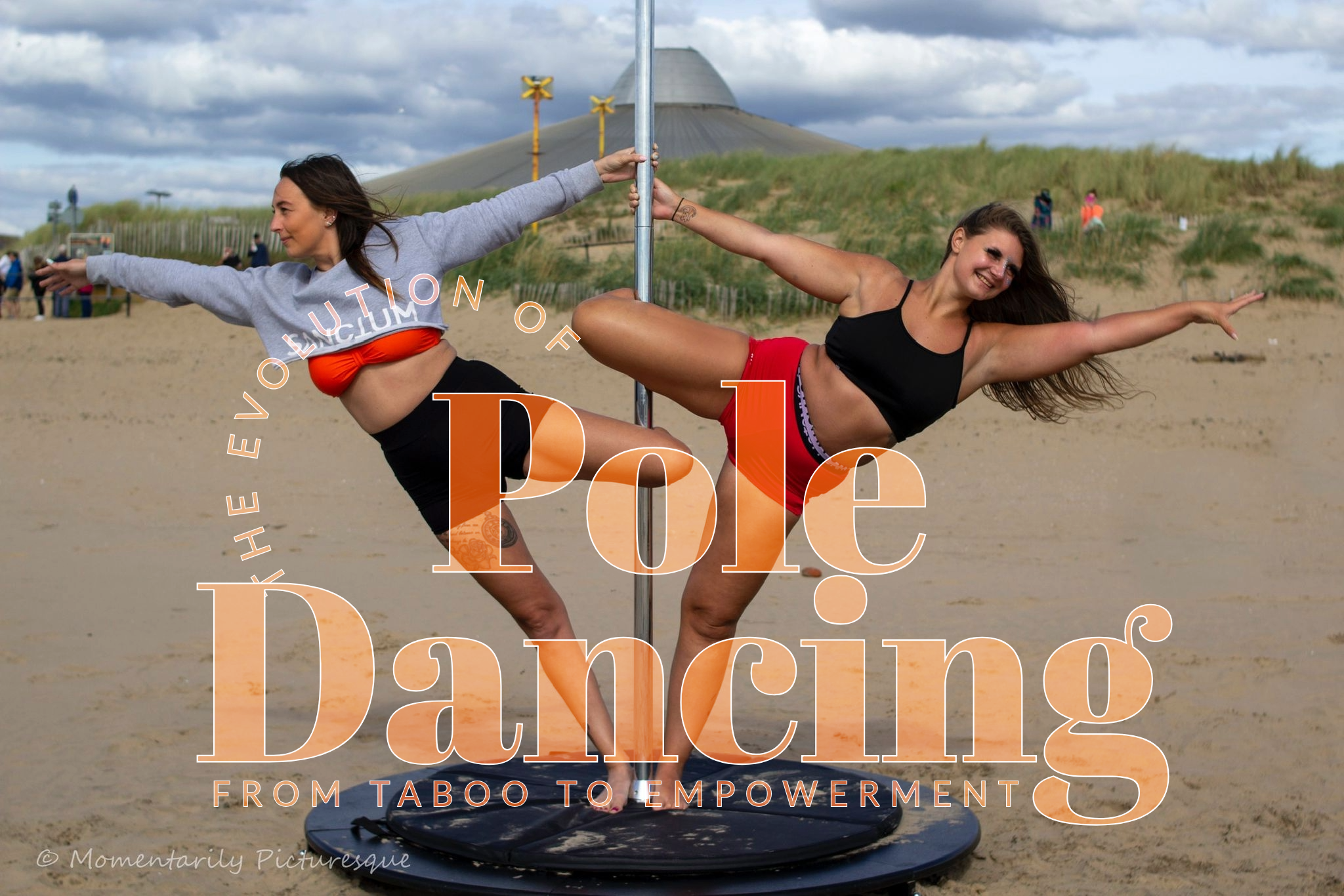Introduction
Pole dancing has undergone a remarkable transformation, evolving from a provocative form of entertainment to a widely recognized athletic and artistic discipline.
Historical Roots of Pole Dancing
Its history traces back to the 19th century, where it originated in circus performances and burlesque shows. Where acrobats would use poles for dynamic displays of strength, flexibility, and aerial tricks.
Shifting Perspectives on Pole Dancing
Initially associated with striptease, pole dancing has since shed its negative connotations, becoming a form of self-expression, fitness, and empowerment for women. Pole dancing has also become a recognized art form, with dancers choreographing elaborate routines that incorporate elements of dance, gymnastics, and acrobatics. Competitions and performances showcase the artistry and athleticism of pole dancers, highlighting the diversity and creativity of the discipline.
The Rise of Pole Dancing as a Fitness Trend
In recent years, pole dancing has gained significant popularity as a fitness activity, offering a challenging and dynamic workout that combines strength, flexibility, and agility.
Numerous studios and gyms now offer pole dancing classes, attracting individuals of all ages and fitness levels. The focus has shifted towards athleticism, with participants striving to master complex moves and routines.
Pole Dancing as a Form of Empowerment
Furthermore, pole dancing has become a platform for self-expression and empowerment for women. Many women find pole dancing to be a liberating experience, allowing them to connect with their bodies, build confidence, and challenge societal norms. The movement has also fostered a supportive community of women who celebrate their achievements and encourage each other to embrace their strength and sexuality.
Challenges and Controversies Surrounding Pole Dancing
While pole dancing still faces some challenges, such as overcoming negative stereotypes and misconceptions, it has undoubtedly come a long way from its origins.
Its evolution from a taboo to an empowering form of expression reflects the changing attitudes towards women's bodies and sexuality. Today, pole dancing is recognized as a legitimate athletic and artistic discipline, offering a wealth of physical, mental, and emotional benefits to its practitioners.
Looking Ahead: The Future of Pole Dancing
The future of pole dancing appears bright, with several exciting trends and developments on the horizon. As the sport continues to gain recognition and popularity, there's growing hope for its inclusion in the Olympic Games. This would undoubtedly elevate pole dancing to new heights, solidifying its status as a legitimate athletic discipline.
Advancements in pole technology, such as smart poles with integrated sensors and interactive features, will enhance the training experience and provide real-time feedback to dancers which can revolutionize training and performance, offering immersive experiences and personalized coaching.
Pole dancing's positive impact on mental health, such as stress reduction and increased self-confidence, will be further explored and promoted. Physical Fitness and Rehabilitation: The sport's potential for physical rehabilitation and therapy will continue to be recognized, with specialized programs designed to help individuals recover from injuries or chronic conditions.
As pole dancing continues to evolve, it is poised to become an even more significant force in the fitness and arts industries. Its future is bright, filled with endless possibilities for innovation, growth, and empowerment.


I’m a pole enthusiast, and I really connect with your passion for this.